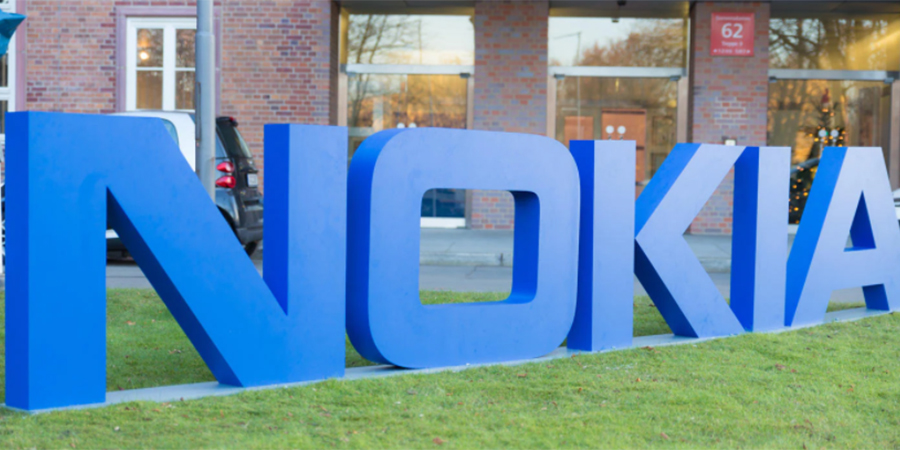Nokia announced a fixed wireless access (FWA) breakthrough which could see a wireless broadband capacity increase by 5 to 10 times. Nokia’s 360 High Gain technology overcomes the challenge of outdoor or in-home signal disruption by amplifying available signals and dynamically finding the strongest connection.
Sandy Motley, president, fixed networks at Nokia, said “Making indoor, self-installable mmWave FWA viable in an urban indoor environment is crucial for FWA growth. The addition of mmWave to the 5G FWA market will deliver the 5 to 10 times more capacity that is needed to support the ever more demanding subscribers and services. I am extremely proud of our Fixed Network team who has notched up yet another technical first”.
Operators are now looking to increase speeds by using even more frequencies, notably from the high band spectrum known as mmWave (24 GHz to 40 GHz). However, higher radio frequencies have propagation challenges as they are more likely to be impeded by physical obstacles.
In response, Nokia’s 360 High Gain 5G mmWave technology captures a 360 mmWave fingerprint of the indoor environment, picks up direct and reflected signals from any direction, and adapts to the changing environment, through advanced analytics.
As of now, Nokia has validated the 360 High Gain 5G mmWave FWA technology in its research labs, and technology trials are ongoing in various urban environments. Volume deployments will start in 2023 and are expected to focus initially on operators with subscribers in dense urban environments where high speeds and high capacity is essential for market penetration.
It is worthy to note that fixed wireless access will represent an almost $15 billion market cumulatively over the next five years while the mmWave-enabled 5G customer premise equipment will make up 80% by 2026. Most 5G FWA deployments today leverage low band (sub 2Ghz) or mid-band (2-6 Ghz) radio frequencies. But as FWA networks develop, additional spectrum will be needed to drive future growth.









